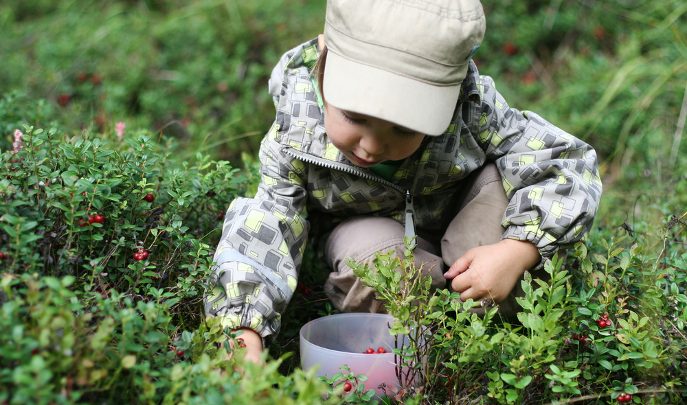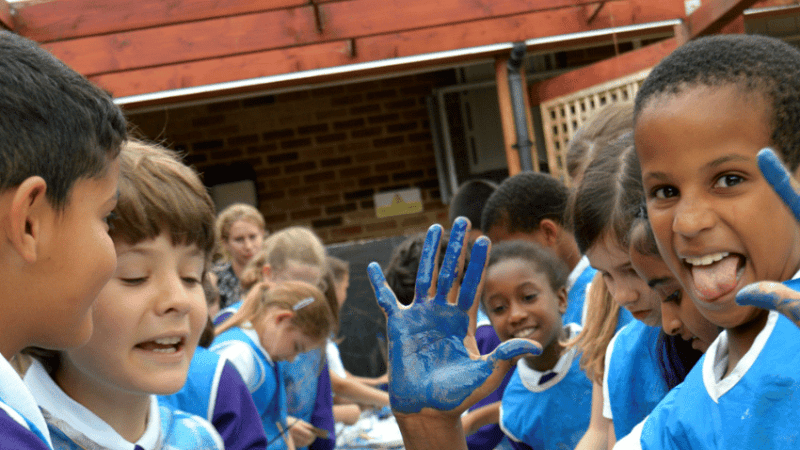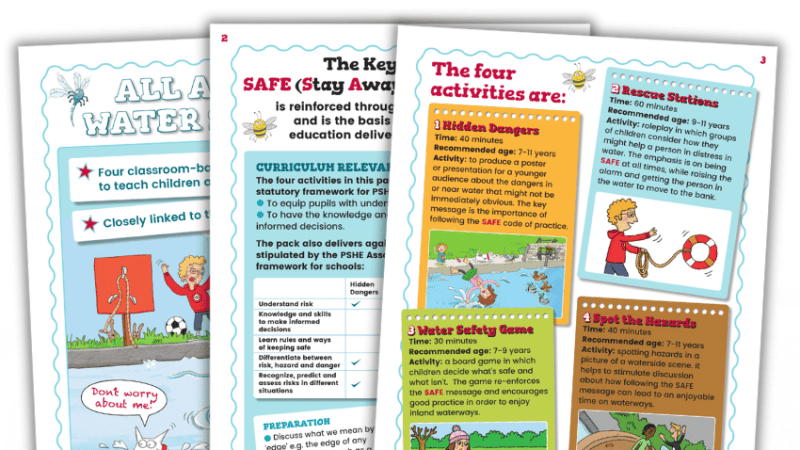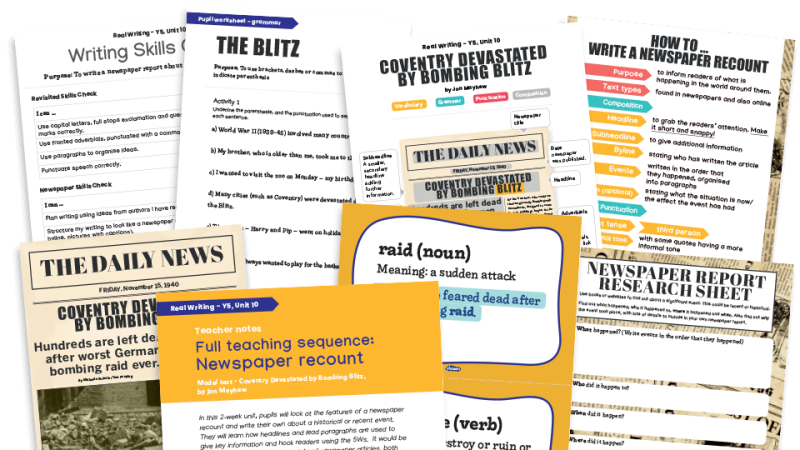Straight Outta Kuopio – A Finnish Take On What Makes The Perfect Modern Learning Environment

Goodbye cemetery classrooms, hello child-led spaces: Learning environments for the 21st century

When we discuss the future of education, one of the most prominent topics of the discussion is learning environments.
The time of the ‘traditional’ setup of what Stephen Heppell, Professor of New Media Environments at Bournemouth University, calls the ‘cemetery classroom’, where desks are all laid out like graves, is coming to an end.
That’s not to say it doesn’t still have its functions in certain contexts, but with the world changing as rapidly as it is, it’s time to consider and embrace the alternatives.
Real-life learning
‘You get people walking into a classroom talking about leaves and photosynthesis, but they’re coming into the only place where there’s no photosynthesis happening’ says Abdul Chohan, CEO of the Essa Academies Trust in Bolton. Considering that the majority of education is teaching students about the world, it seems odd that the world and education are kept separate from each other. Surely there needs to be a link between what they’re learning and how this applies to real-life?
As engineer Kerrine Bryan puts it: “what students are learning at school relates to real-life things, and knowing that helps them to make important decisions”. Because of this, a great number of educators are considering the benefits of experimentation, hands-on learning and using real-life scenarios to get students enthused about learning.
Take the Finnish Startup High School for example, where students will engage with businesses and have the opportunity to create, develop, market and sell their own products. This form of learning not only builds key skills, but also gives students a taste of the world of work, helping them to determine an idea of their career trajectory.
More than just businesses and work, bringing the outside world in also helps children to understand and connect with contemporary issues facing our world. For instance environmental issues are a key example of how education can and should happen outside.
Bas Verhart, co-founder of THNK, believes that “bringing us back into nature is essential, making sure that biodiversity is healthy again and not depleting our planet. Education is at the basis of that”.
As the next few generations will be facing these issues head on, surely this should be a part of their education, and doesn’t that mean they should be outside learning in the environment which they will need to one day care for?
Technological enhancements
HundrED is not a tech-centric project, but it’s impossible to look to the next 100 years of education without recognising the role that digital technology will play.
That being said, as Dan Haesler, international education consultant, observes, simply saturating the classroom with technology is not the answer.
“It’s really important that we don’t see technology as being the panacea for engaging kids. It’s about what we’re asking them to do with that technology, and asking them how they can empower themselves to connect and find real value in what they are doing.”
What we need to see in the future of classrooms is the interaction between the physical and the digital, and how they work together. Future learning environments should be a mixture of technology and the real-world to help pupils discover how they coexist and the potential this brings.
Student-centred spaces
The vast majority of educational experts agree that child-led education increases learning and motivation in students, helping them to discover their passions and connect to what they’re learning. This style of education creates its own environment, and it all comes down to empowering children.
For too long, school children have been treated as passive subjects, when realistically at a very young age they are already aware of what excites them and what doesn’t. We should be listening to them to create an environment that inspires learning, rather than telling them when and how they should be learning.
This type of environment doesn’t require the traditional classroom to be demolished, it’s just a refocus of how education works. It can be done simply by bringing the real lives of the children into education.
Pekka Peura, of Martinlaakso Upper Secondary School in Vantaa, Finland, approaches student-centric learning in his project, building personalised learning paths. It considers the strengths tendencies, and temperament of individual students, while helping them to learn collaboratively in a social environment.
By giving students the space to lead their learning and help each other develop, they’re not only building cognitive skills, but it also enhances their emotional growth and self-confidence.
This is more important than ever, as research continues to reveal the complexities of different special educational needs plus the globalized migration of peoples throughout the world. The need for education to accommodate different learning styles, interests, abilities and cultures is paramount.
There is no one answer to how to create the best learning environment, just as there isn’t one type of student with one way of learning and one set of interests. Instead, all the resources we have to hand should be brought in to make learning a diverse, all-encompassing, accessible place.
By trusting children to take the lead on their own education we are empowering them and giving them the confidence and excitement to learn. The traditional classroom doesn’t need to change dramatically to encompass this, it is just a readjustment of how we approach educating children.
Whether the classroom is full of tech or outside in a forest, if we allow a child to take ownership of their education and offer the flexibility to cater for their learning styles and interests, the environment will work.
So, what’s the ultimate learning environment? Perhaps it is the experience that we should first focus on, and the environment will naturally follow – an place where students can truly immerse themselves in the joys of learning.
Kate Robinson is editor-in-chief of Finnish education movement, HundrED. To find out more about the movement, see the projects being trialled in schools and read the full interviews with its panel of experts, visit hundred.org.











